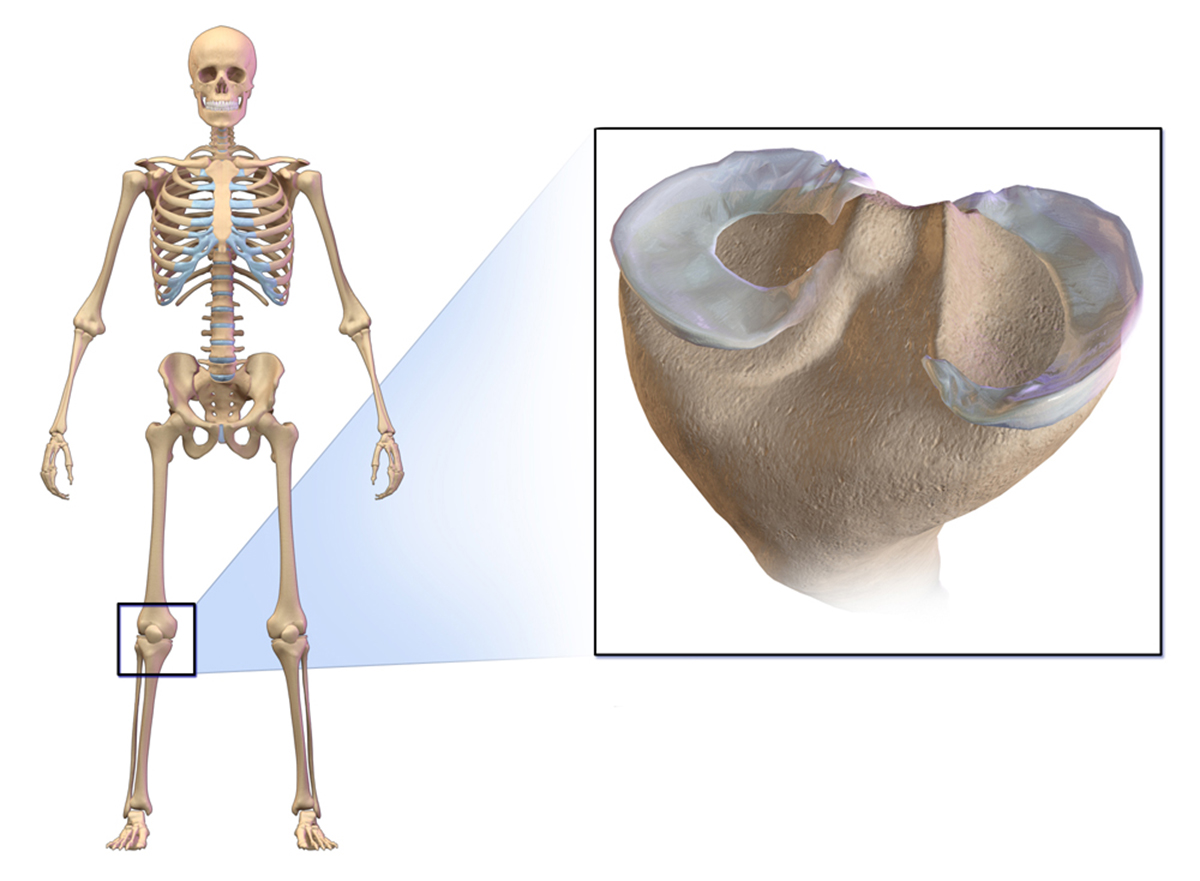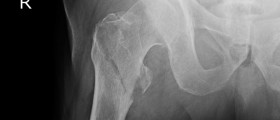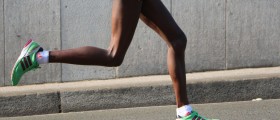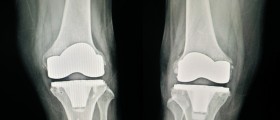
How do patella fractures occur?
Kneecaps break for many reasons in many different ways, potentially causing anything from one simple fracture to a totally shattered patella. All parts of the kneecap can be affected by a fracture (or break).
Common ways in which patellar fractures happen include:
- Road traffic accidents.
- A more intense fall.
- A direct hit to the kneecap, during sports, for instance.
- An indirect injury that provokes a sudden contraction of the quadriceps muscle.
Some of these circumstances go a long way towards explaining why patella fractures are a bit more frequently seen among men between the ages of 20 and 50, who are still disproportionately involved in potentially risky sports and other vigorous activities including at work, though anyone can break their kneecap.
Patella fracture: What symptoms can you expect if your kneecap breaks?
A person with a patella fracture will first and foremost experience (potentially severe) pain, and the knee will begin to swell too.
The person will not be able to walk, to raise their leg, or to straighten it.
If the fracture is hairline or undisplaced (that is, a fairly minor fracture), the swelling may not be so strong, and the only symptoms may be tenderness over the patella bone and obligatory bruising.
In displaced fractures of the patella bone, blood will fill up the knee joint very quickly, so the swelling will be severe and arrive shortly after the fracture happened. The process in which blood fills the area around the fracture is called hemarthrosis.
X-rays will help in making the diagnosis of a fractured patella, as well as in understanding and recognizing the type of the fracture, but before that, when you arrive at the doctor's office or ER, you can expect a physical exam.
How are patella fractures treated?
The treatment of a broken kneecap will mostly depend on whether the fracture is displaced (meaning pieces of bone are in the wrong location) or undisplaced (also called stable, in which case the fractured pieces are still in contact), and whether a person is or is not able to raise their leg.
A plaster cast from the ankle up to the groin area will probably be inevitable if a person can raise their leg and has an undisplaced fracture of the patella.
If a person who broke their kneecap cannot raise their leg, tension band wiring is used as a method of treatment.
In more serious cases, which are usually cases of displaced fractures, orthopedic surgery will have to be performed. Stainless steel wires or screws will have to be used to fix and straighten the fractured bone, and a partial or total patellectomy may be required. A total patellectomy, in which the kneecap is removed (later to be replaced with an artificial version), is the most serious kind the treatment, and it is suggested only for the most serious patella fractures.
Fractured patella: Healing time
If your fractured patella was treated without surgery, you can expect your initial recovery time to take about four to six weeks. This is how long it usually takes any broken bone to heal, and you'll likely be wearing a cast this entire time. That does not mean your kneecap will be fully functional when the cast comes off, however. Physical rehabilitation can start at this point, but it may take eight months or longer for you to make a full recovery.
If your fractured patella required surgery, you won't be able to move your leg for a few days. Though the fracture may have been more complicated, you will, however, be able to begin the physical rehab process much sooner — range of motion exercises, which are gentle, can start after around four days. Exercises to strengthen your legs can begin once your doctor deems it safe for you to put weight on your leg again, usually after six weeks.
While your recovery time, and whether your kneecap will completely heal, depends on how severely fractured your patella was as well as on how well you do during rehab, the average healing time for a patella fracture is about eight weeks.
Because it is not unusual to deal with chronic pain and muscle weakness after a patella fracture, it is especially important to take physical rehabilitation and your doctor's instructions very seriously. This approach will give you the best chance of recovering fully.

















Your thoughts on this
Loading...